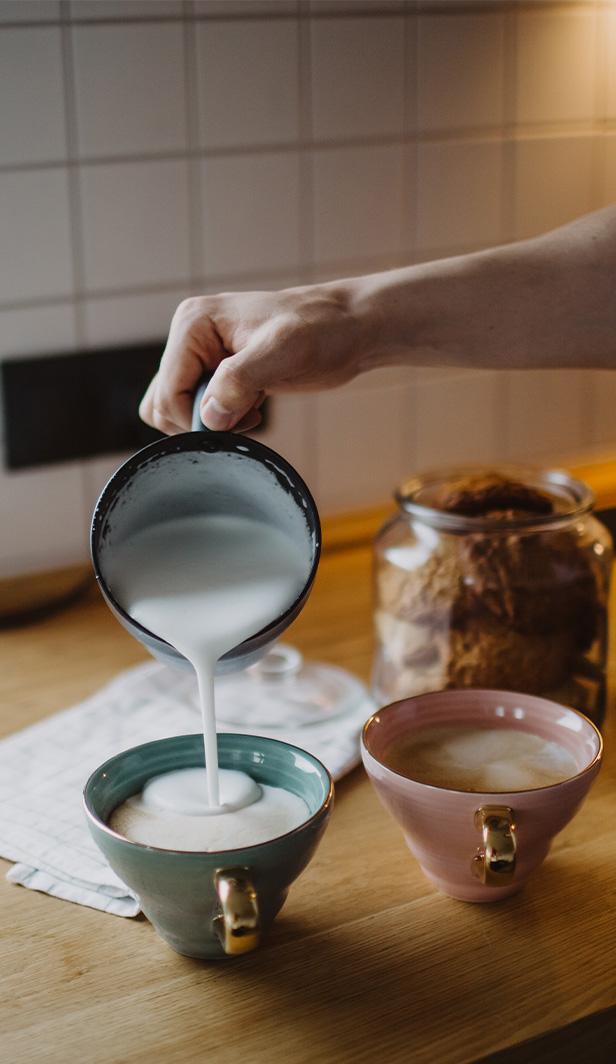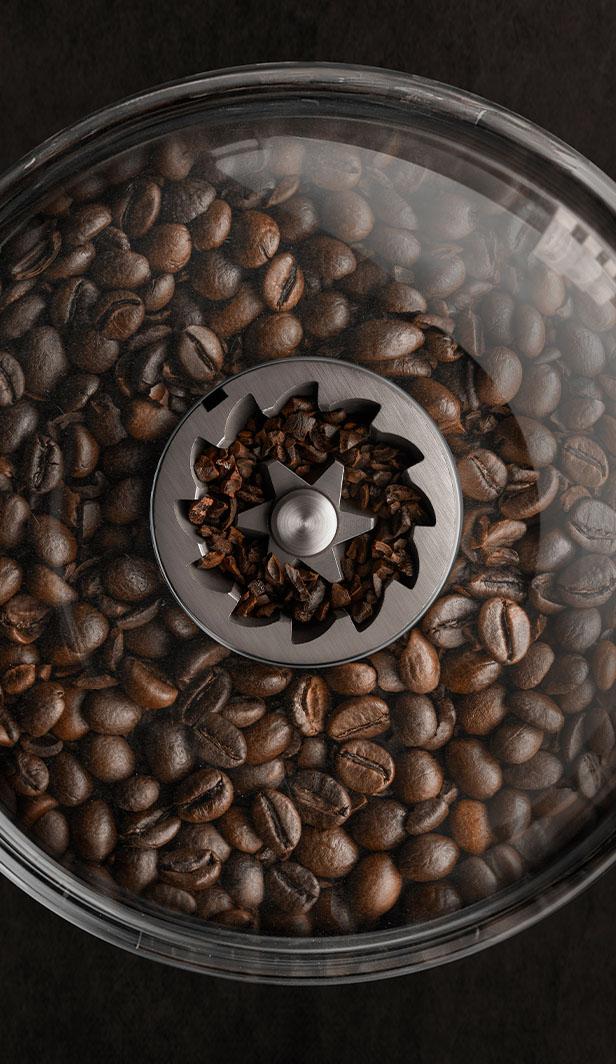The reason behind coffee roasting
It may surprise you, but coffee beans aren’t beans at all. Rather, they’re seeds which are found inside a coffee cherry. The coffee plant is a fruit tree and the fruits are similar in appearance to berries. After picking, the skin and pulp are removed and what is left are the seeds or coffee ‘beans’. Prior to roasting these ‘beans’ are green and smell grassy, a far cry from the rich aroma that we associate with coffee!
The coffee roasting process is where the magic happens and the clever little beans develop between 800 – 1000 different aroma compounds to transform into the coffee you know and love. It’s during this process that different roast profiles and flavours are developed and as such, the temperature and time it takes has a huge impact on these flavours as well as on the colour of the beans.
How is NESCAFÉ coffee roasted?
In every roasting method, the energy source for roasting coffee beans is hot air. There are currently three main coffee roasting processes used:

1. Drum Roaster Method

2. Paddle Roaster Method

3. Fluid Bed Roaster Method
Likened to the action you see in hot-air popcorn poppers, fluid bed roasting involves the beans rolling over in superheated air that passes upward fast enough for them to behave like a fluid. As all the beans are immersed in the stream of heat, the roast is typically very even, consistent and easy to reproduce. Another great aspect to this method is that unwanted by-products such as burnt chaff, undersized or broken beans get expelled by the hot air draft, allowing for a clean roast. Additionally, some fluid bed roasters feature forced air cooling outside the roast drum, providing the beans with almost instant cooling to prevent the beans cooking further.
Believe it or not, this preparation before the roasting process does affect the taste! When dried naturally, you can expect fruitier flavours due to the fermentation of natural sugars in the pulp. A washed process however, offers more vibrant flavours. This is because it removes all the pulp and fruity sugars which have an impact on the bean, leaving the pure coffee bean flavour to come through more strongly.

The coffee roasting process

1. The drying stage

2. The browning stage
If a more balanced flavour and aroma is appealing to you, try our NESCAFÉ® GOLD BLEND. It's smooth, rich, yet well-rounded. Or, perhaps NESCAFÉ® AZERA Americano is for you, with its irresistible velvety crema.


3. The development stage

4. Cooling

What is split roasted coffee?

Today’s community favourites
Discover some of the most enjoyed articles from across the site




